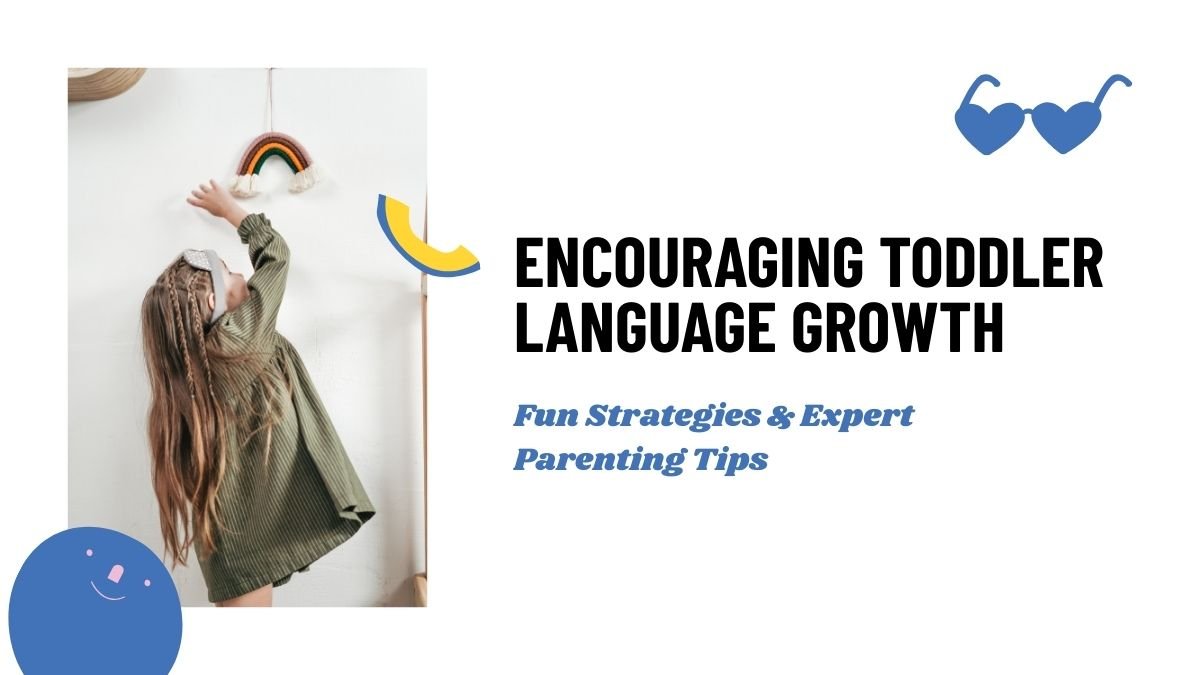Ways for Language Development in Young Children
Language is multi-faceted and acts as a crucial part of a child’s world. Language is how they express needs and feelings, relationship build-ups, and brain development through mental abilities. Language isn’t just about speaking, but also listening, understanding, combining words, and communicating well.
Your child will, certainly, learn to talk on their own. But a supportive home will grab attention, making parents intentionally elicit communication so that children learn language quicker and better.
1. Incorporate your child into everyday conversations
Your child can be talked to throughout the day, and it is probably the most comfortable form of most effective conversation experience.
- Do not stop talking – because this sounds like running commentary: “Now we are putting shoes on,” “Here is a red ball,” and “We’re drinking milk now.” This helps your child connect the link between action and words.
- Follow cues – “That’s a bird,” point out, “Look, it is flying,” when the child points. That brings the child’s realization that their gesture has meaning and words through language form that gesture.
- Eye-to-eye contact – The entry point to your child’s mind understanding consonance in the expressions of face, movement of lips, and voice.
- Give time to respond – As the child tries to say something or make sounds, immediately respond to them; however, with that, give them the room to respond – a way they will have learned the simple “turn-taking” convention of conversation.
2. Teach in a game-like and enjoyable manner
Children should learn languages like games.
- Read at least one book daily – Read through pointing at colorful books. Point out pictures and ask, “Who is this?” or “What is this dog doing?”. Let them turn the pages. Deeper curiosity is nourished.
- Sing songs and poems – Very young children enjoy rhythm and rhyme. Like “Nani Teri Morini” or “Lakdi Ki Kathi.” You incorporate waving hands and clapping.
- Use gestures and signs – When we say water, we show a glass, when we say “gold,” we close our eyes. In this manner, words become associated in the minds of children with concrete experiences.
3. Minimal and clear language
Children learn from what they hear. So always speak very clearly and correct.
- Make short sentences – like: “Let’s go outside.” Speak slowly so that the child can understand and repeat.
- No baby talk – instead of “Guddu, drink water,” say “Would you like a drink of water?” This will help the child learn the correct words and pronunciation.
- Build on the conversation of the child – when a child says, “dog,” talk about it, saying: “Yes, it’s a big dog. The dog is running.” This way, a child will get to know there are sentences framed with words.
4. Connect Feelings and Emotions
- Emotional names – Like if a child has a tear, we can say: “You’re sad because your toy fell.” Emotions can be named through this.
- Story use – In telling stories, relate the emotions of the characters. For example, “Look, the rabbit is happy because he found a carrot.” That way, the child can know other people’s feelings.
5. Use the language in practice during the daily routines
Learning a language should not be limited to books and classrooms; rather everyday stove activities maximize language learning.
- In the kitchen – This is a tomato; that is a red tomato; we are cutting a tomato.
- At the market – It’s a banana. It is also green.
- Playing – Now, this is a big block and we should place it on the top.
That is how the child learns to connect words to their real experiences.
6. The Role Played by Parents
Parents are the prime source responsible for language development in a child.
- Be patient – Every child has his/her own pace in learning talking.
- Compliment – Whenever a child speaks a new word, praise him/her.
- Never scold – If a child says “tomato” instead of “tomate,” don’t get angry. Instead, repeat it correctly.
- Repetition is Must – A new word is learned by a child by hearing it repeatedly.
7. When to see a doctor
In some cases, one may have to see a doctor.
- No word spoken by 18 months – If the child is least interested to communicate, things like these need a specialist.
- By the age of 2 years – two words should be combined.
- Does not respond to even the name
- Communicates only through gestures
In such circumstance, consulting a pediatrician or speech therapist would be wise.
Conclusion
Language development in young children occurs through day-to-day interaction, games, songs, stories, and other experiences. All those factors can build the right environment, optimally patient parents, and consistent practice to ensure that children not only learn to speak early but also have the skills required for their emotional expression and understanding of others.
Language is more than a magical game of words, as it involves the whole art of thinking, understanding, and connecting. Thus, the more you bond with your child, the sooner and better will be the child’s language development.







